La Cuesta Encantada, or Hearst Castle as it is familiarly known, is the most renowned project by San Francisco-Oakland architect Julia Morgan (1872-1957). She was one of two women to earn an engineering degree from University of California Berkeley in the 19th century (only two other women earned engineering degrees from 1900-1940). She was the first woman to receive a certificate in architecture from the Ecole Nationale et Speciale des Beaux-Arts Paris in 1901.
Julia returned to California from France and became the state’s first female licensed architect. She worked for John Galen Howard, the lead University of California architect designing buildings on the Berkeley campus.
Julia Morgan opened her own Bay Area architectural firm in 1904. One of her earliest commissions was the El Campanil Bell Tower at Mills College, Oakland, the first women’s college in the western U.S. The 72-ft. high tower was designed using reinforced concrete.
Julia Morgan’s bell tower in Oakland withstood the great quake of April 18, 1906. The recently completed Fairmont Hotel sold just two weeks before the earthquake and fire. The new Fairmont Hotel San Francisco on Nob Hill had not even opened its doors yet.
Timing is everything. The San Francisco earthquake was a boon for architecture firms and Julia Morgan landed the contract to restore the Fairmont Hotel. The building was structurally compromised by the earthquake. The firestorm that destroyed much of the city destroyed much of the Fairmont’s interior. Julia Morgan restored the Fairmont Hotel San Francisco in one year, in time for a grand opening on the earthquake anniversary date April 18, 1907.
Julia Morgan’s architectural reputation gained prominence with the Fairmont Hotel restoration.
Asilomar YWCA Conference Center, Pacific Grove, California
In 1913 Julia Morgan began a commission to build a YWCA Conference Center in Pacific Grove, California along the sandy dunes and Monterey pine and cypress trees of Asilomar Beach. Asilomar is a one mile strip of beach along Pacific Grove’s western edge on the Monterey Peninsula. The privately owned land of Pebble Beach is directly to the south of Asilomar Beach.
Asilomar Conference Center has been part of the California State Parks system as Asilomar State Beach and Conference Grounds since 1956.
Stone Pillars Asilomar Entrance (1913)
The lodging for Asilomar Conference Grounds is managed by Aramark Parks and Destinations. Hotel rooms are available year-round when the conference center is not booked up. Rustic lodging and historical charm awaits the Asilomar visitor.
The Visitor’s Lodge, Asilomar, Pacific Grove (1917)
Pacific Grove had a long history of being a Christian retreat for summer gatherings. Prior to the construction of permanent lodging, visitors to the Asilomar grounds experienced early 20th century “glamping” in tent houses featuring plumbing and electricity and built on wooden platforms with canvas walls. The directors of the Young Women’s Christian Association from New York visited Asilomar in 1915 and were not impressed with the rustic lodging facilities. The Visitor’s Lodge was designed for YWCA executives bedrooms.
Julia Morgan’s professional association with Phoebe Apperson Hearst led to her commission to design 16 buildings in Asilomar for the YWCA from 1913 to 1928. Morgan designed Asilomar in the California Arts & Crafts architectural style.
The Visitor’s Lodge interior.
Windows concentrated on the east, south and west provide natural light for the dark wood interior.
Asilomar Conference Grounds is Julia Morgan’s largest collection of California Arts & Crafts buildings in one location and most of the original structures remain.
Asilomar Phoebe Apperson Hearst Social Hall (1913)
Fireplace at Phoebe Apperson Hearst Social Hall
Phoebe Apperson Hearst Social Hall deck.
Pirates’ Den (1923) ceiling features debarked log trusses.
Construction using natural materials including stone and exposed redwood superstructures characterize the California Arts and Crafts style.
Lodges are scattered around the grounds of Asilomar.
Pirates Den (1923)
Mary Ann Crocker Dining Hall (1918) – Asilomar Conference Grounds
Newer buildings set in the beach and woods landscape follow a similar design.
In recent years wooden pathways let guests walk through fragile sand dunes.
In 1984 the California State Parks established a dunes restoration project to weed out non-native plants and re-establish native species decimated from decades of recreational activity and foot traffic through the fragile dunes ecosystem to the beach.
There are a few benches along the walkways.
Views of the Pacific Ocean from Asilomar. If you are fortunate to have calm seas and few whitecaps, gray whale sightings are common here during the annual migration south December to February.
Spanish Bay Resort, Pebble Beach is seen in the photo above looking south.
Julia Morgan designed the Asilomar swimming pool in 1925.
The rooms at Asilomar offer basic furnishings and amenities. This is simple lodging in a resort setting. No TV or telephones in rooms.
Merrill Hall was the last building by Julia Morgan for Asilomar constructed in 1928. The auditorium holds 800 people.
Merrill Hall (1928)
Merrill Hall, Asilomar.
Merrill Hall, Asilomar.
Ocean views are present from many locations around the Asilomar grounds.
Julia Morgan’s Architecture Asilomar Walking Guide (California State Parks)
Asilomar Historical Lodging on the Monterey Peninsula.
Asilomar lodging is available to the public when not fully booked for conferences. Asilomar Conference Grounds has 313 rooms in 30 buildings over 107 acres of forest and dunes with easy access to the beach.
Asilomar is a place to rest and reflect. Rooms do not have TV or telephones, although there is an alarm clock and private bath in each room. Rates are $125 to $155 for dates I checked in April and May 2012 and include buffet breakfast daily.
Buy Julia Morgan’s San Francisco house for $1.5 million.
Another fascinating coincidence I came upon while researching this article yesterday is Julia Morgan’s private residence and adjacent rental units she designed in San Francisco’s Pacific Heights are on the market for the first time since 1957.
The properties have an open house happening today, Sunday April 8 from 2-5pm. Her 2 bedroom, 2 bath home is listed at $1.49 million and the adjacent 3-unit apartment property is $1.65 million.


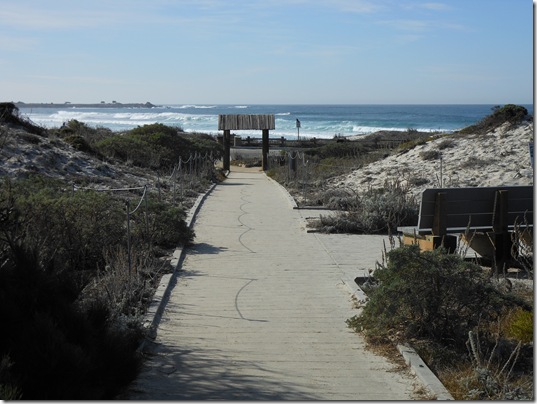
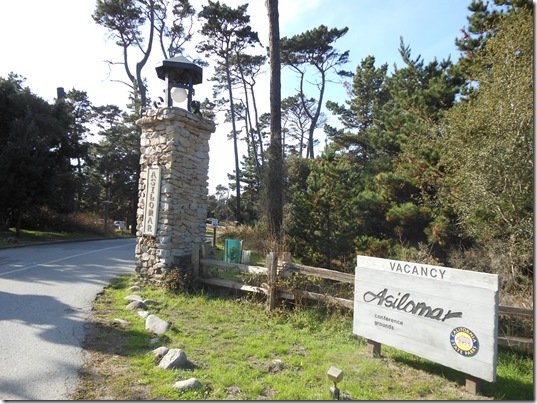
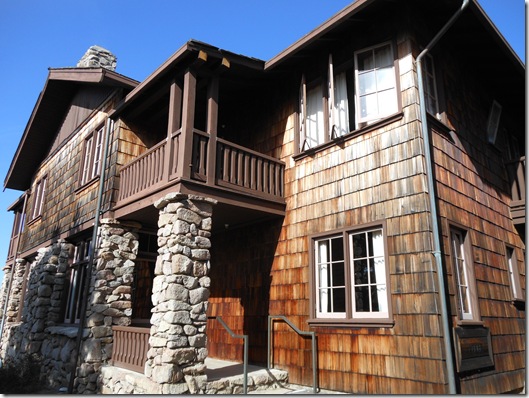
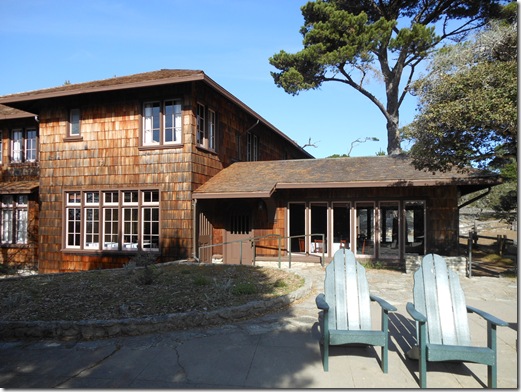
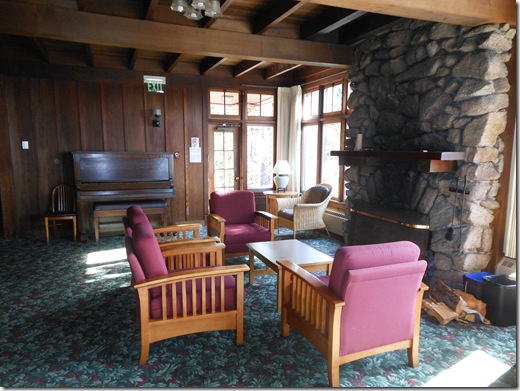
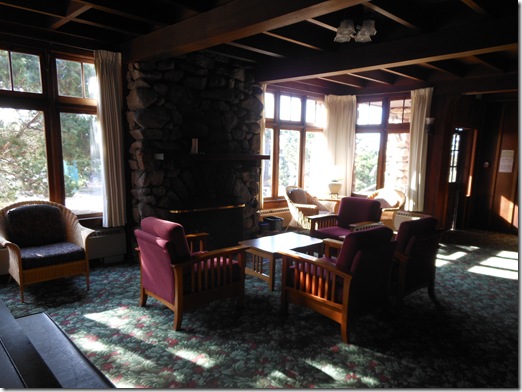
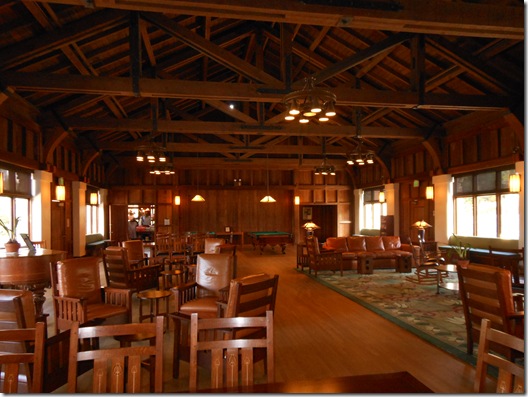
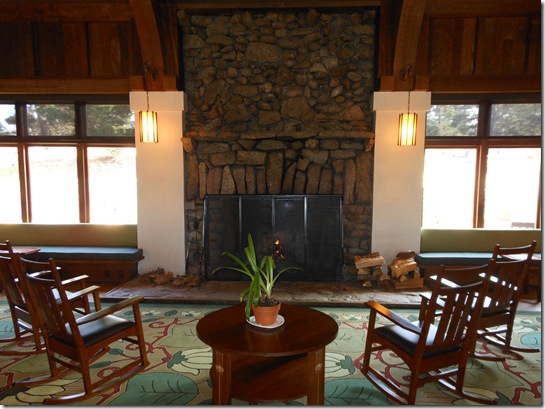
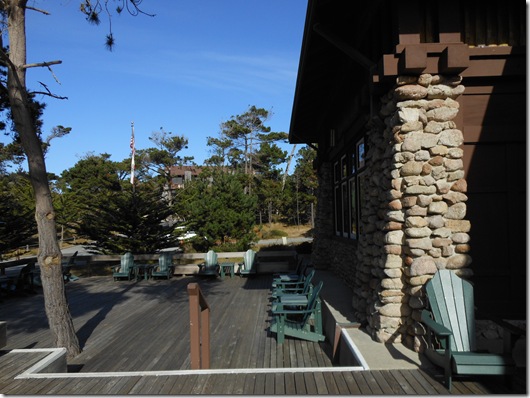
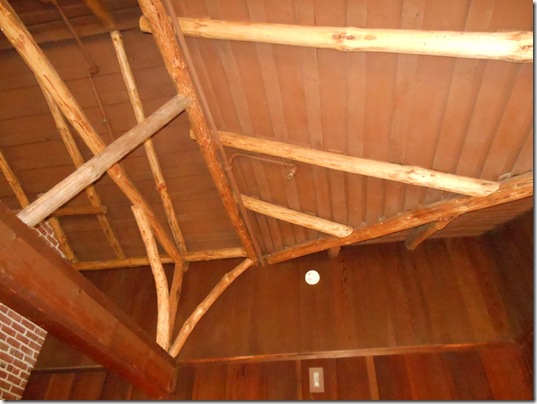

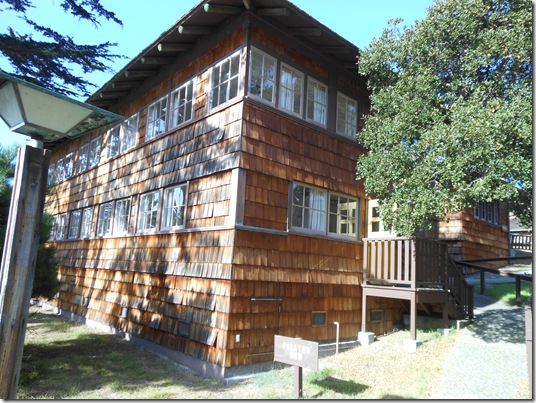
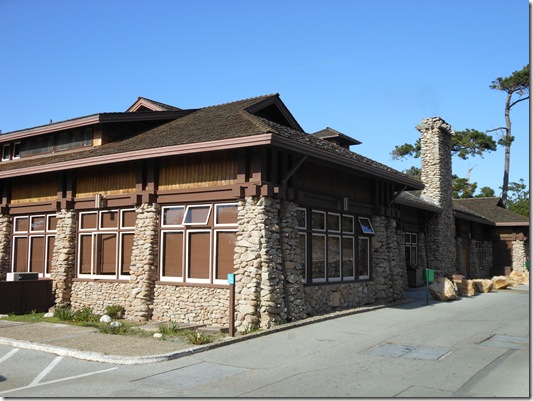
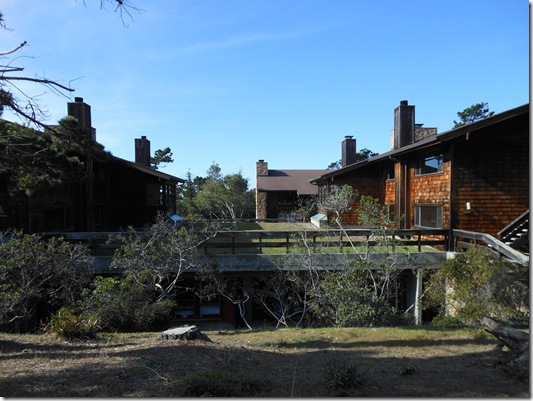
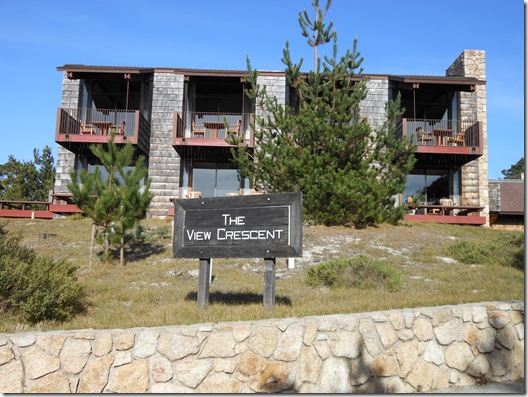
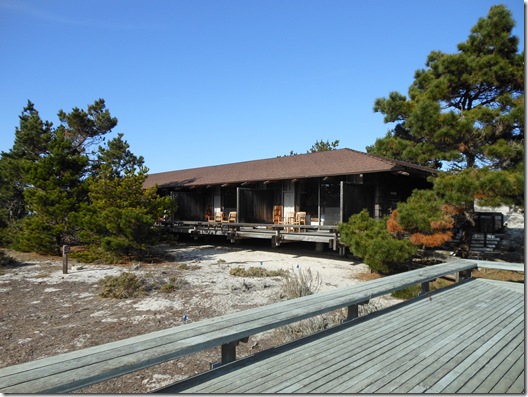
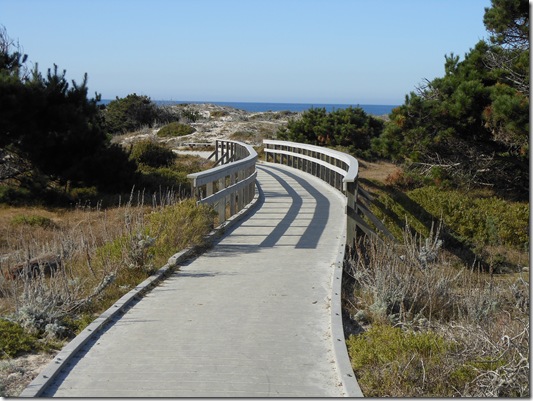
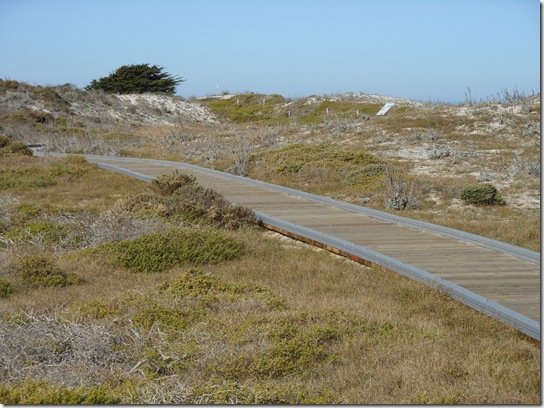
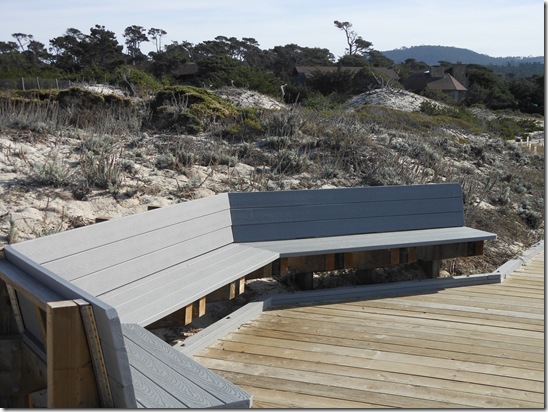
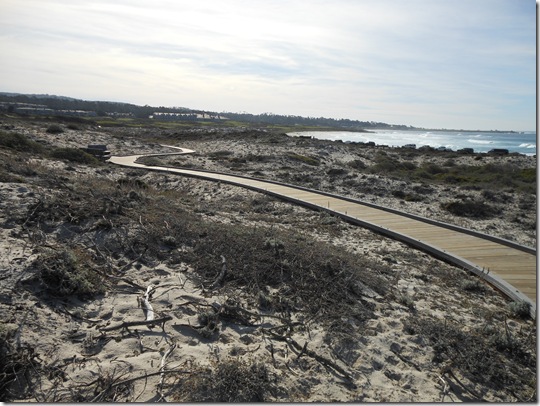
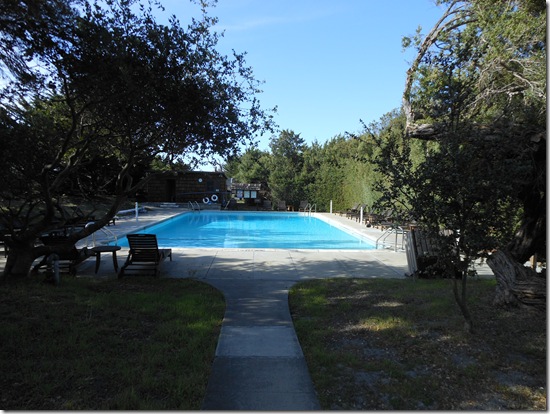
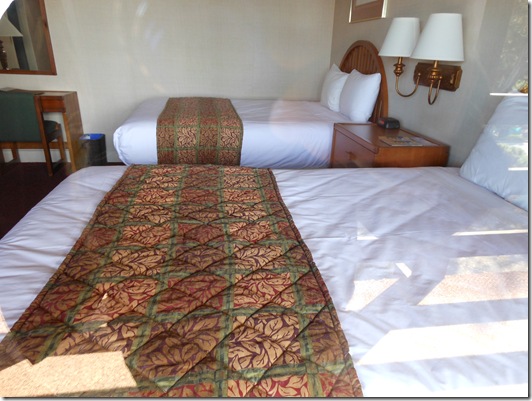
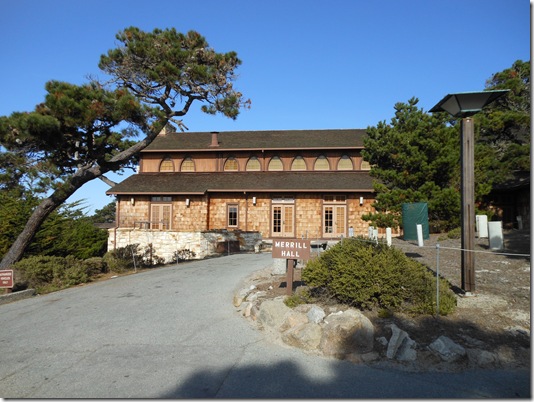
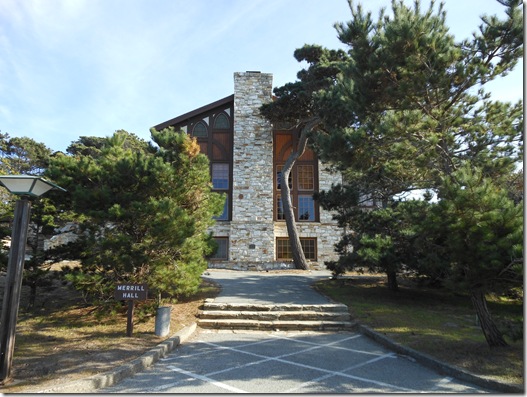
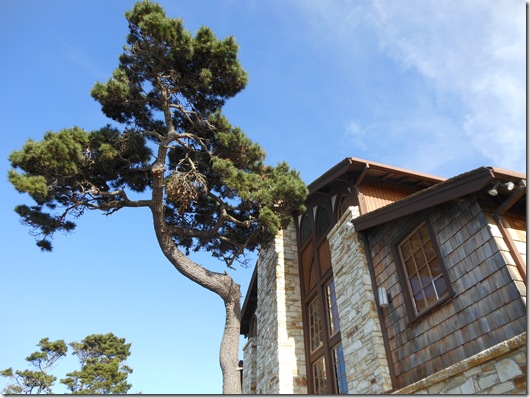
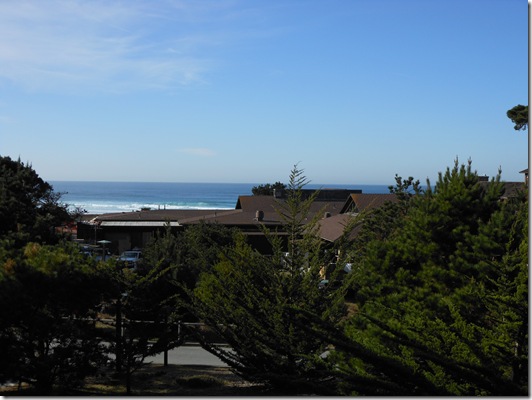
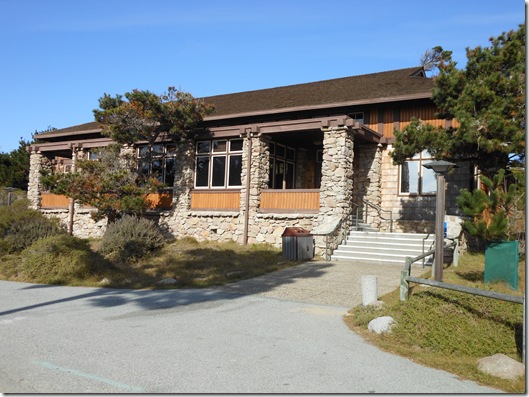

2 Comments
Comments are closed.